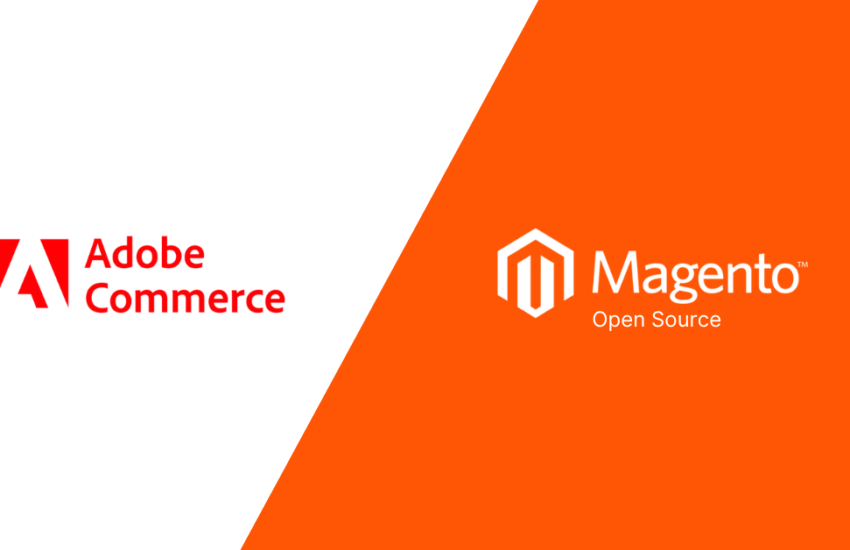When it comes to selecting the right e-commerce platform for your business, the decision can be crucial to your success. Magento and Adobe Commerce (formerly known as Magento Commerce) are both popular choices, each offering unique features and functionalities. In this article, we will compare Magento and Adobe Commerce, and guide you in making the best decision based on your business size and requirements.
Table of Contents
Understanding Magento and Adobe Commerce
Magento is an open-source e-commerce platform that provides a robust and flexible foundation for building online stores. It offers extensive customization options, a vast library of extensions, and a strong developer community. Adobe Commerce, on the other hand, is a cloud-based version of Magento that comes with additional features, including hosting, technical support, and more advanced tools for larger businesses.
Small and Medium-Sized Businesses (SMBs)
For small and medium-sized businesses, Magento’s open-source version may be an ideal choice. It offers a cost-effective solution with a wide range of features that cater to SMBs’ needs. Magento’s flexibility allows businesses to start with a basic store and scale up as they grow. SMBs can also take advantage of various free and paid extensions available in the Magento marketplace to enhance their store’s functionalities.
Large Enterprises
For large enterprises with complex requirements, Adobe Commerce can be a better fit. As a cloud-based platform, Adobe Commerce provides additional benefits such as managed hosting, security updates, and technical support. It also offers advanced features for marketing, customer segmentation, and inventory management. Large enterprises dealing with high traffic volumes and extensive product catalogs can benefit from Adobe Commerce’s robust infrastructure and scalability.
Key Considerations for Choosing the Right Platform
Budget
Magento’s open-source version is cost-effective for SMBs, as it is free to download and use. However, businesses need to consider hosting, maintenance, and development costs. On the other hand, Adobe Commerce comes with subscription-based pricing, which includes hosting and support but can be more expensive.
Customization and Flexibility
Magento, being open-source, provides unparalleled customization capabilities, allowing businesses to tailor their stores to specific needs. For SMBs seeking more control over their store’s design and functionality, Magento is a preferred choice. Adobe Commerce, though customizable, may have limitations due to its cloud-based nature.
Scalability
For businesses with plans for rapid growth and expansion, Adobe Commerce’s cloud infrastructure ensures seamless scalability, with resources dynamically adjusting to meet increasing demands. While Magento can scale efficiently, businesses must manage their hosting and server resources to accommodate growth.
Technical Expertise
Magento’s open-source version requires technical expertise to set up, configure, and maintain. SMBs with limited technical resources may need to invest in hiring developers or agencies for support. Adobe Commerce offers more managed services, making it suitable for businesses without extensive technical knowledge.
Conclusion
Choosing between Magento and Adobe Commerce depends on your business size, budget, technical expertise, and growth plans. For small and medium-sized businesses seeking flexibility and cost-effectiveness, Magento’s open-source version is a great option. For large enterprises with complex requirements, extensive product catalogs, and a need for scalability, Adobe Commerce provides a comprehensive solution with managed services and advanced features. Assess your business’s specific needs and objectives to make an informed decision that aligns with your long-term e-commerce strategy.

